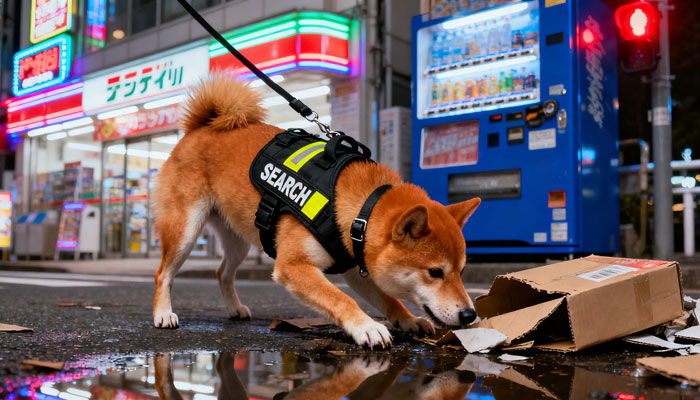15 Methods to Improve Dog Training Efficiency

Frequently, the reason why we don’t get the expected results in dog training isn’t that the dogs are not smart but that our training methods might have inherent misconceptions. So, the first step in case we spend hours in dog training with no positive outcome is to scrutinize our own method. Naturally, we should not employ the usual means if we know they lead to nowhere. It is also better not to force the dog when the task is beyond its natural capabilities.
1. Timing is Key in Dog Training
Plan your dog’s training at the time when he/she is energetic and interested. If you try to teach your dog when it is sleepy or its attention diverted, the results will be disappointing. The dog may become annoyed if you try to train it when it is about to rest. Without the dog’s genuine interest in the training, the efficiency will be very low.
2. Use Clear Commands and Hand Signals
Use commands and hand signals during training in a way that your dog can understand. Don’t lengthen and complicate commands – make them short and clear. Resting them with the matching hand signals will make the instructions effective even from far away. Make your voice and behavior firm and clear—don’t use words that make it hard for the dog to understand.
3. Avoid rushing the training process
Training a dog is to be carried out gradually and the trainers can’t master all skills in one go. The degree of success of the training depends, among other things, on breed, age, and personality. Hence, it is not right to reprimand dogs that progress slowly during training. They should be met with patience and encouragement. When initiating training, it is advisable to start with simple commands that will serve as the groundwork. Later on, this will be a big help in more complex training.
4. Manage Training Sessions Wisely
The excitement of the dogs during training cannot be kept at the highest level continuously, so each session should be a short one. Let them have their regular breaks when they can walk freely in a safe place or play with you. In this way, their interest is kept alive and they do not suffer from tiredness that could lead to the refusal of the training.
5. Appropriate Rewards Are Essential in Dog Training
The reward ways can always be different during training. At first, use petting and praising in a gentle voice. As the training develops and becomes harder, giving food or toys becomes more effective as rewards. The problem is that if your dog gets used to food treats during training, it will develop a habit of not cooperating if there are no treats so avoid excessively food rewards.
6. Select an appropriate training location
The most important thing about the suitable place is the environment. Places to go for are those with minimal and soundless spots. The dog’s focus on her/his task is broken with the presence of too many noises and, thus, the result of the whole training is getting lowered.
admin
-
Sale!

Washable Pet Cooling Pad for Cats and Dogs
$10.99Original price was: $10.99.$9.99Current price is: $9.99. This product has multiple variants. The options may be chosen on the product page -
Sale!

Washable Cat Window Hammock Cooling Bed
$23.99Original price was: $23.99.$22.99Current price is: $22.99. -
Sale!

Tropical Amphibian Rainforest Tank, Lizard Cage
$38.99Original price was: $38.99.$36.99Current price is: $36.99. -
Sale!

Silent 4-in-1 Waterproof Charging Dog Hair Trimmer
$49.88Original price was: $49.88.$47.99Current price is: $47.99.